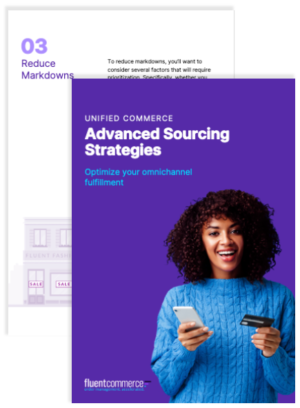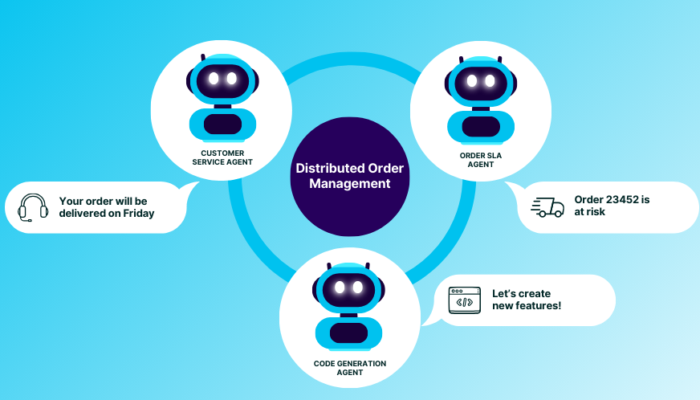One of the biggest challenges facing retailers today is consumer expectations regarding discounts. Markdowns are a great way to lure customers into stores—both online and offline—but retailers have become dependent on them. Look no further than US retailer JC Penney, which famously tried to roll back its everyday discounts back in 2012 only to be met with consumer revolt. They never fully recovered, and on May 15 2020, filed for bankruptcy.
Think about all of the markdown holidays that have conditioned generations of consumers to expect monthly discounts: Mother’s Day, Father’s Day, Singles Day, Prime Day. The list goes on. Between regular sales and an abundance of store coupons, why would consumers ever want to pay full price? Given this consumer sentiment, retailers today need to know how to maintain their margins—especially when offering discounts.
Consider the following shopper statistics:
- 74% say offers are a top factor when deciding where and what to buy online
- 81% say finding a great offer or discount is on their mind throughout the entire purchase journey
- 94% search for a deal or offer when shopping online
- 62% of consumers agree they cannot complete a purchase before searching for an offer
How can retailers satisfy customer demand for discounts but still maximize margins?
Technology is your secret weapon
The fact is, not all inventory is equal. Stock in some locations has more ‘built in costs’ than other locations. This could be due to higher markdowns in a particular store, already incurred transportation costs, or the likelihood that the inventory will sell. So when you receive an online order, many factors can influence the best place to source the inventory.
For instance, with the right Distributed Order Management System, retailers can source from the location with the:
- Highest markdowns in a given store
- Most inventory
- Lowest sell-through rate
- Oldest inventory
The priority of each will vary based on your business and potentially the inventory type (e.g., seasonal inventory) as well.
Treat seasonal inventory differently
Speaking of seasonal inventory, when the sale of that inventory is weather dependent, it’s also worth considering the latitude of the inventory location. If it’s mid-July (or mid-January in the southern hemisphere) do you want to ship summer merchandise from a store that has a long summer season, or a store where the weather will be colder sooner. And you can apply this same logic to store replenishment as well.
When it’s late in a season, consider replenishing stores via store transfer rather than a warehouse. This is when stores with low stock in a more favorable climate are replenished from stores with high stock in a less favorable climate where it’s less likely to be sold or more likely to be heavily discounted.
Conversion is based on more than just price
Consider this statement:
“Having the most competitive price won’t guarantee a sale. Although price was cited by 57 percent of consumers as a top factor in deciding which website to buy from, the next key attributes were enhanced delivery options and easy return policies.”
– Global Online Consumer Report, KPMG International, 2017
In short, there’s more to a sale than just discounts. Advanced sourcing strategies made possible by a distributed order management system, let you combat straight price comparisons with valuable services like quicker fulfillment, free shipping and easy returns. If you have accurate inventory visibility across all your locations, you can fulfill from the location closest to the customer whether it’s a Distribution Center or a local store. As the KPMG report makes clear, these services provide customers with genuine value—even without a discount. And in the case where discounts are equal, convenient fulfillment can make or break a sale.
Increase the order size but keep shipping costs down
When you sell an item at a discount, one of the best ways to offset the markdown is to increase the size of the order. Typically through complementary product recommendations. But smart retailers are applying additional logic to their cross-sell offers. They display items that can be sourced from the same location as the primary item on the Product Detail Page (PDP). That way, they encourage orders that can be shipped or collected from a single point of fulfillment. No split shipment or order consolidation required. This means customers get their order quickly while retailers keep costs down.
Customer desire for markdowns isn’t new, nor will it go away. However, with the right technology, retailers can use several strategies to hedge against discounts through fulfillment optimization.




